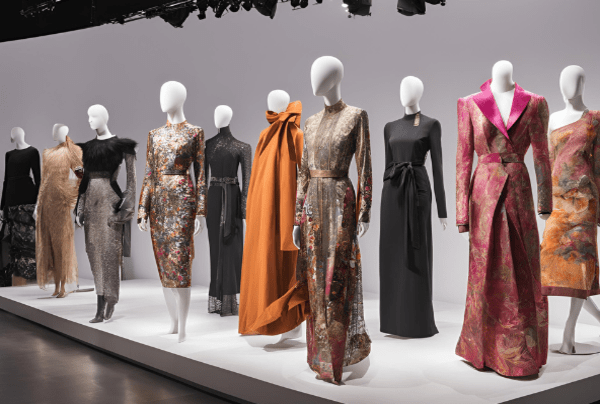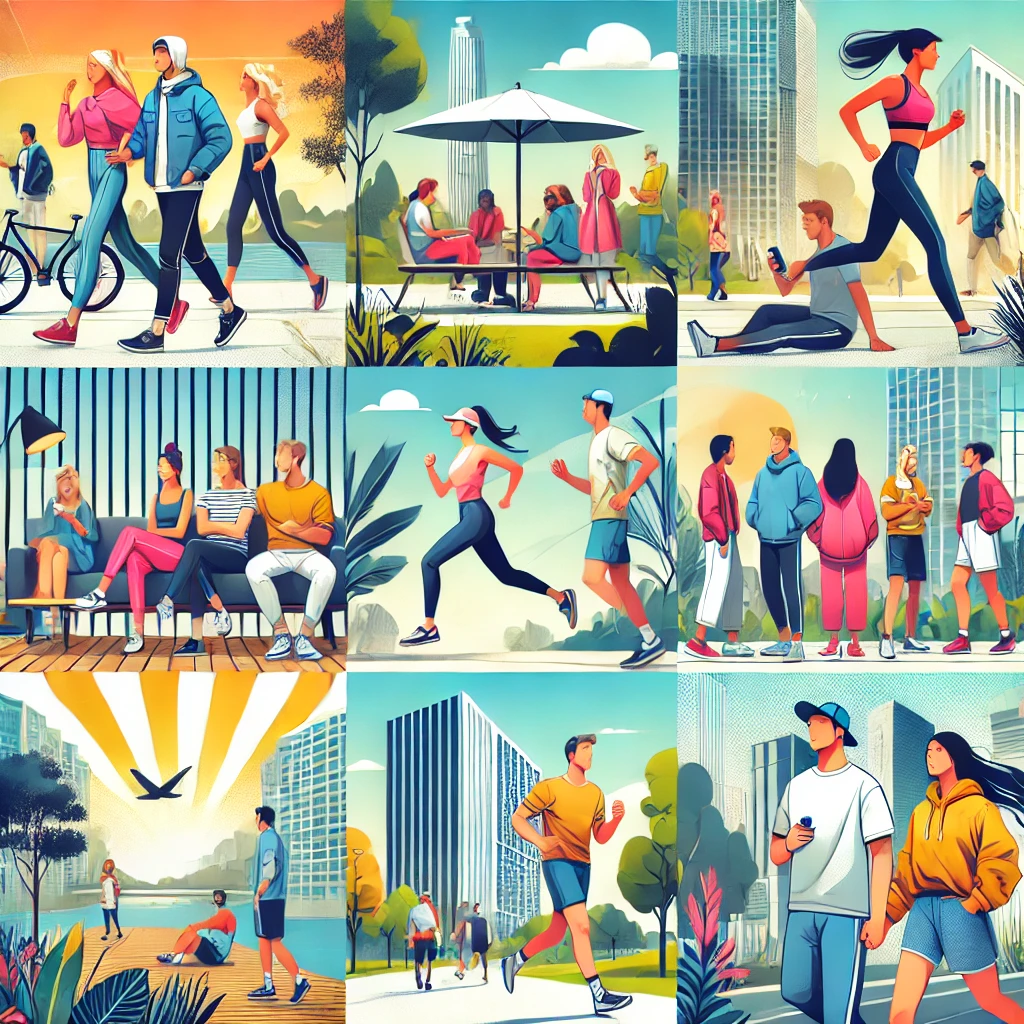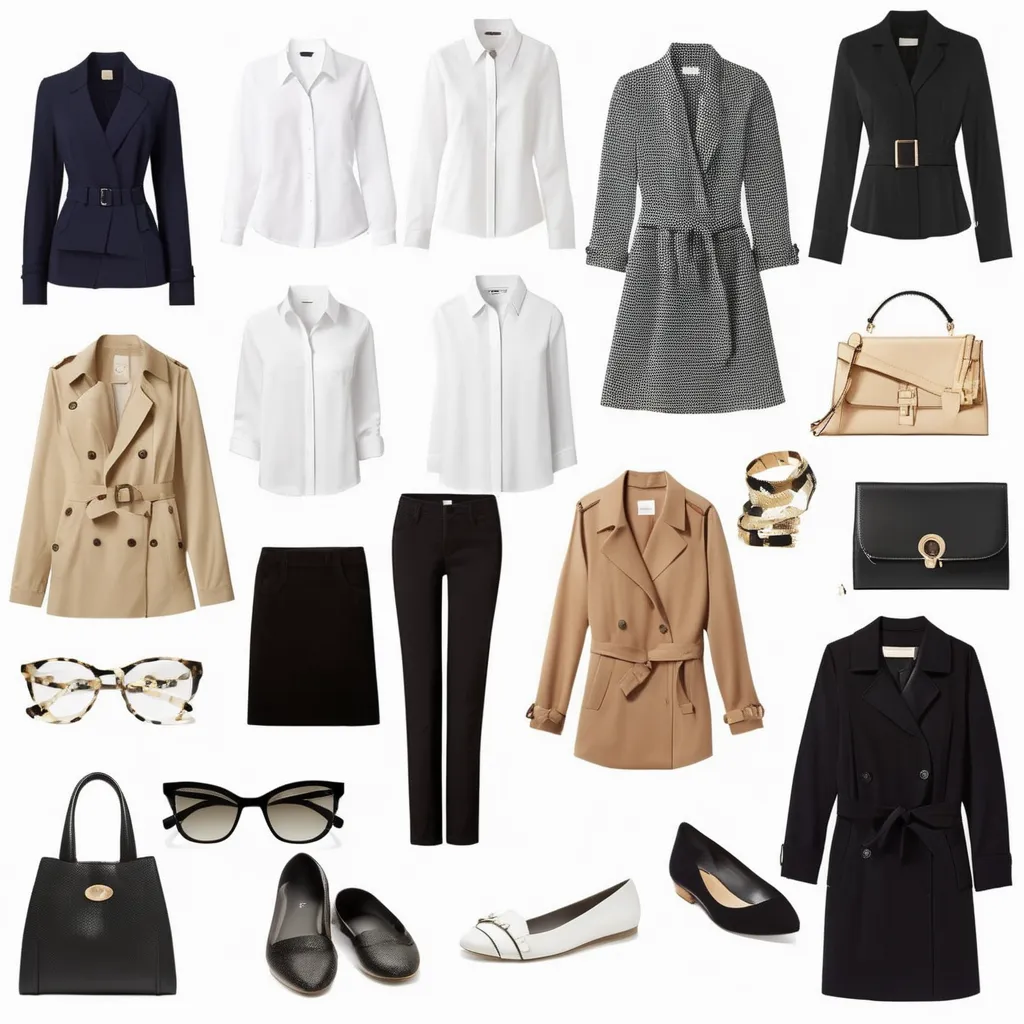
Fashion Forward: Exploring the Evolution and Trends of Modern Fashion
Fashion is a dynamic and evolving industry that reflects cultural, technological, and artistic trends. From the historical influences of ancient civilizations and the 20th century to contemporary trends like sustainable fashion and digital innovations, fashion continues to shape and be shaped by society. Current trends include eco-friendly materials, digital runways, inclusivity, and nostalgic revivals. Fashion icons and social media influencers play a significant role in driving trends and inspiring personal style. By exploring these aspects, you gain a deeper understanding of how fashion influences our world and continues to evolve.
Introduction:
Fashion is more than just clothing; it is a reflection of cultural, social, and artistic expressions. From historical influences to contemporary trends, the world of fashion is ever-evolving. This guide delves into the evolution of fashion, explores current trends, and offers insights into how fashion continues to shape and be shaped by our society.
The Evolution of Fashion:
1. Historical Influences:
• Ancient Civilizations: Fashion has been an integral part of human civilization since ancient times. In Ancient Egypt, linen garments and elaborate jewelry were symbols of status and wealth. The Romans and Greeks contributed to the development of tailored clothing and draped garments, such as togas and tunics.
• Medieval and Renaissance Eras: The medieval period saw elaborate garments with intricate embroidery and layered designs, while the Renaissance brought about a focus on luxurious fabrics and elaborate silhouettes. Fashion during these times often signified social class and wealth.
2. The 20th Century:
• 1920s-1940s: The 1920s marked the rise of the flapper dress and a shift towards more relaxed and functional clothing. The 1930s and 1940s were characterized by the elegance of Hollywood glamour and the impact of World War II on fashion, which led to more practical and streamlined designs.
• 1950s-1980s: The post-war era saw the emergence of iconic fashion designers like Christian Dior and Coco Chanel. The 1960s and 1970s embraced bold prints and revolutionary styles, while the 1980s were known for their extravagant silhouettes and power dressing.
Current Fashion Trends:
1. Sustainable Fashion:
• Eco-Friendly Materials: There is a growing emphasis on sustainability in fashion. Designers are increasingly using eco-friendly materials such as organic cotton, recycled fabrics, and biodegradable fibers. Brands are focusing on reducing their environmental impact and promoting ethical practices.
• Circular Fashion: The concept of circular fashion involves designing clothes that can be recycled or repurposed at the end of their lifecycle. This approach aims to minimize waste and promote a more sustainable fashion ecosystem.
2. Digital Fashion:
• Virtual Runways: The rise of digital technology has transformed the fashion industry, with virtual runways and fashion shows becoming more prevalent. Designers are exploring new ways to showcase their collections through digital platforms and virtual reality.
• Fashion Tech: Wearable technology, such as smartwatches and interactive clothing, is becoming increasingly popular. Innovations in fashion tech are creating new possibilities for both functionality and aesthetics.
3. Inclusivity and Diversity:
• Body Positivity: There is a growing movement towards inclusivity and body positivity in the fashion industry. Brands are expanding their size ranges and celebrating diverse body types, promoting a more inclusive and representative approach to fashion.
• Cultural Representation: Fashion is increasingly recognizing and celebrating cultural diversity. Designers are drawing inspiration from various cultures and incorporating traditional elements into contemporary designs, fostering a richer and more inclusive fashion landscape.
4. Nostalgic Revival:
• Retro Influences: Nostalgia plays a significant role in modern fashion, with trends from past decades making a comeback. Styles from the 1990s and early 2000s, such as oversized silhouettes and graphic tees, are resurfacing in contemporary collections.
• Vintage Shopping: Vintage and second-hand shopping has gained popularity as consumers seek unique and sustainable fashion choices. Thrift stores and online vintage marketplaces are thriving as people look for one-of-a-kind pieces with history and character.
Fashion Icons and Influencers:
• Celebrity Influence: Fashion icons and celebrities continue to shape trends with their personal style and public appearances. Designers often collaborate with high-profile figures to create exclusive collections and generate buzz.
• Social Media: Platforms like Instagram and TikTok have become major influencers in fashion. Social media allows users to showcase their personal style, discover new trends, and engage with fashion communities around the world.
Conclusion:
Fashion is a dynamic and ever-changing field that reflects cultural shifts, technological advancements, and personal expressions. From its historical roots to contemporary trends, fashion continues to evolve and inspire. By understanding its evolution, embracing current trends, and exploring the influence of fashion icons and digital platforms, you can appreciate the rich tapestry of fashion and its impact on our world.



0 Comments